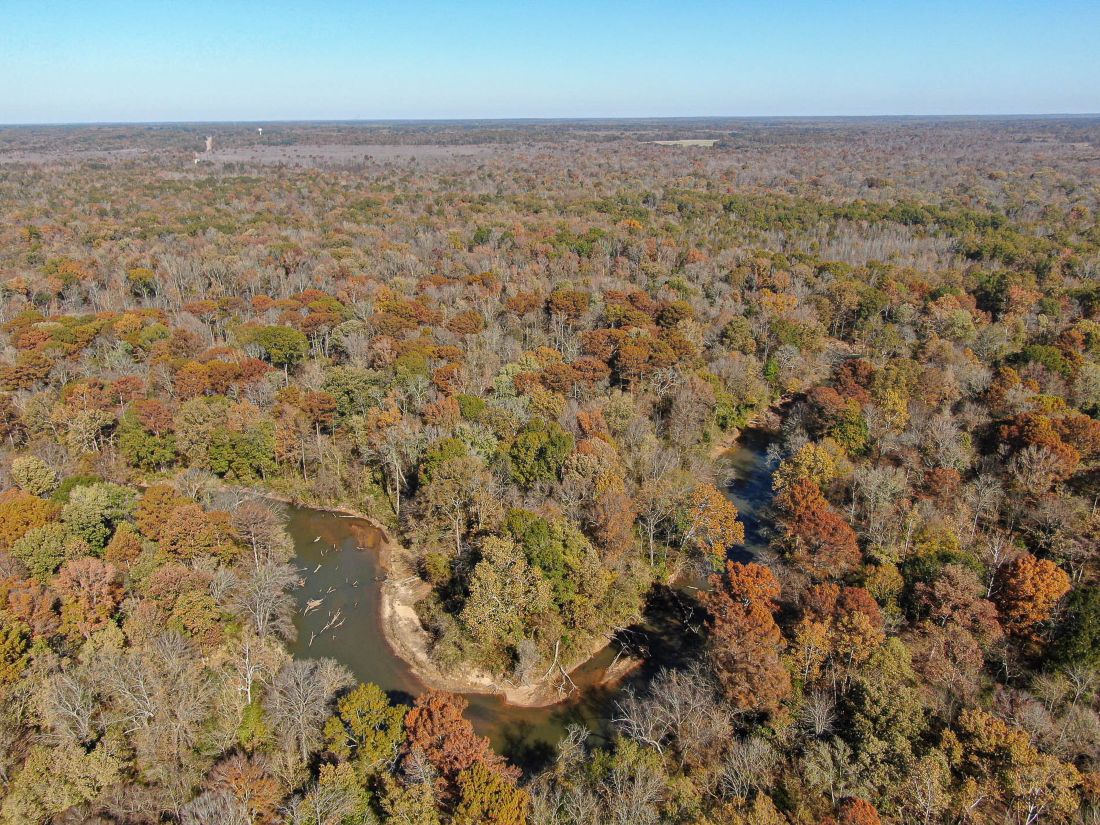Natural Highlights: White Oak


If there were celebrities among the 20 species of oak trees native to Tennessee, the White Oak (Quercus alba) would receive top billing. Mature White Oaks can be 100 feet high, with strong, straight trunks sought after by the lumber trade for cabinetry, furniture, flooring, barrel staves and many other uses. While its wood is beautiful and rot-resistant, the living tree plays a vital ecological role in our forests, supporting an astounding 934 butterfly species, for example, whose larvae provide food for the nestlings of our bird populations. Bats roost beneath shaggy White Oak bark, and wild turkeys, squirrels, deer and other animals consume the large acorns. White Oaks are slow-growing and long-lived trees, and they have been so extensively logged that there is now an effort by the Tennessee White Oak Initiative to promote their reforestation. White Oaks were one of five species of seedlings planted by volunteers at our most recent Wolf River Restoration Series event near Bateman Bridge in Fayette County.
White Oaks are the most economically important tree of the White Oak Group, which also includes Chinkapin, Post, Chestnut, Bur, Swamp White, Swamp Chestnut, and Overcup Oaks. Members of the White Oak Group are generally distinguished by the rounded lobes of their leaves, which also lack bristles at the tips. The Red Oak Group by contrast has sharp leaf tips with bristles. Learn more about White Oak trees at the following links
https://www.arborday.org/trees/treeguide/TreeDetail.cfm?ItemID=883
https://www.srs.fs.usda.gov/pubs/misc/ag_654/volume_2/quercus/alba.htm
If there were celebrities among the 20 species of oak trees native to Tennessee, the White Oak (Quercus alba) would receive top billing.









